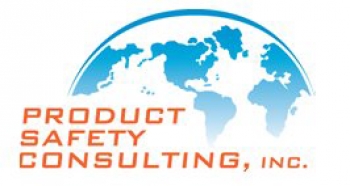Conductors should be of an appropriate size for the application, and should pass through openings with no sharp edges with sufficient clearance to prevent fraying or damage. If they are accessible to the user of the product, they must be tested to withstand a certain amount of “strain” (for more on strain relief, see below). Finally you can never cross low voltage and high voltage conductors unless the low voltage wiring is rated for the higher voltage. For example, a wire carrying 12 volts may be in contact with a wire carrying 120 volts so long as it is rated for 120 volts itself.

Most of our discussions with clients begin like this: “I need to get a UL mark on my product, but it should be pretty easy because all of the major components have a UL mark…”, or “I’ve got almost the exact same product as this one with an ETL mark, so I don’t need to do any testing…”

The reality is that most people think that getting a product certified by UL, ETL, CSA, or another NRTL is a relatively easy task. After all, product development engineers know how to design safe products – so confirming it with testing should be a smooth process. This is a great theory, but the opportunities for test failures and non-compliances are literally endless, without knowing exactly what engineers who work for major NRTLs are looking for.
Ideally, a product should be submitted as early as possible during its development. Because we know the value added when you build solutions into products up front, we created Design For Safety Approvals – DFSA™. Bring us in at the front-end. Save your company lost time, money and customers by understanding the compliance requirements in detail before products come off the drawing board.

